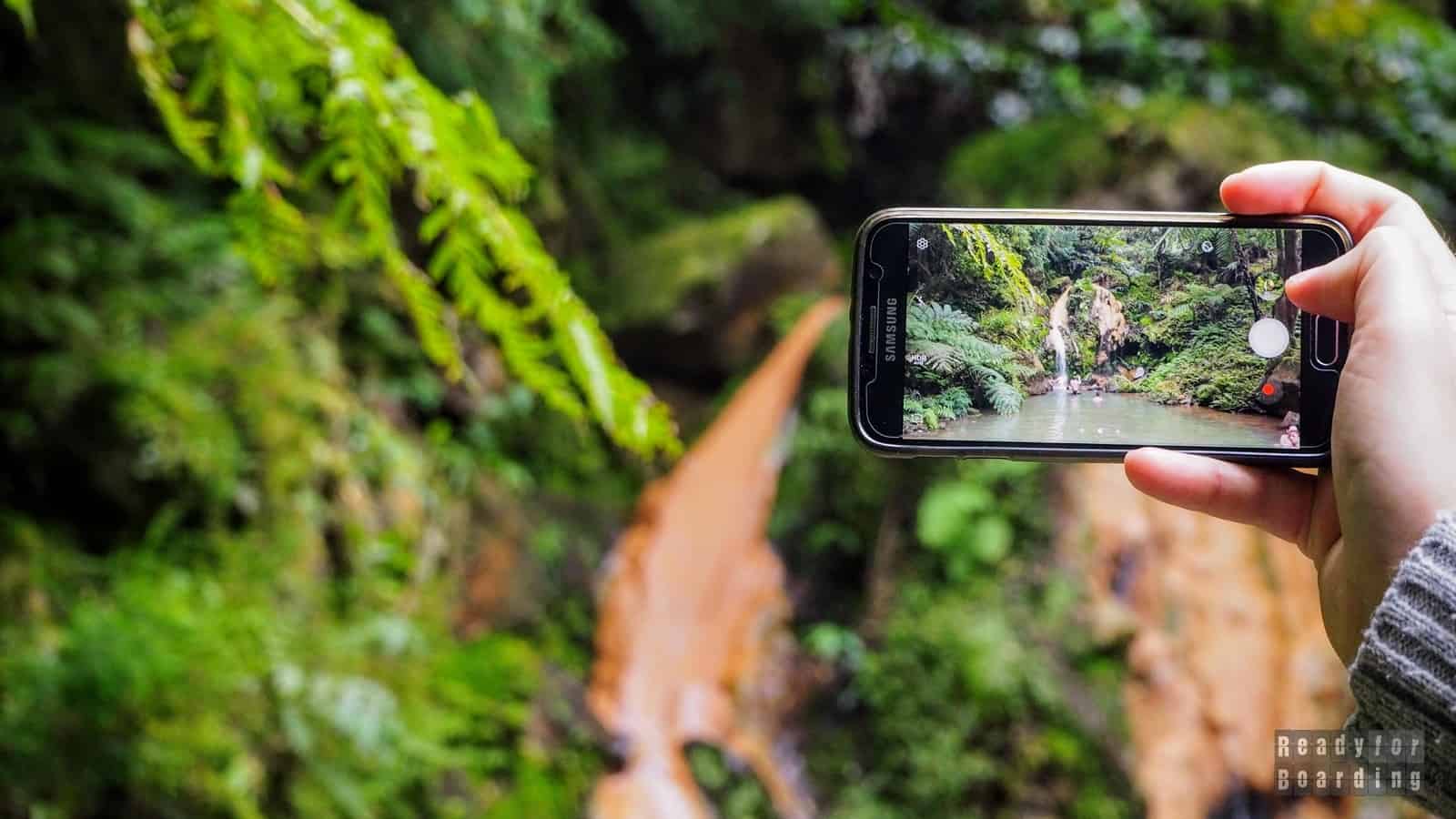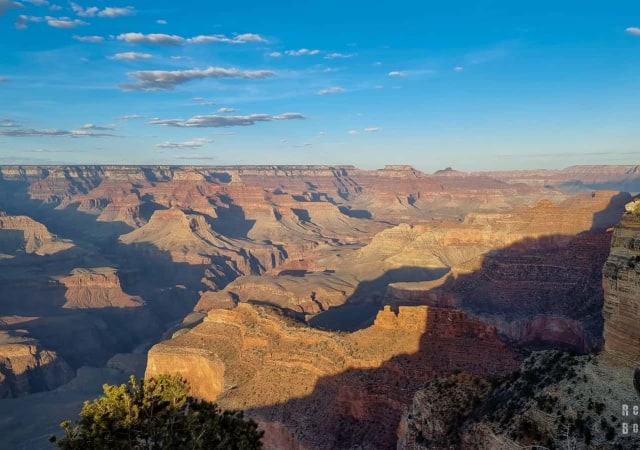What is one of the basic things everyone takes on a trip? Definitely a cell phone, and by no means just to stay in touch with family and friends. We use the phone for navigation, camera, camcorder, wallet…. However, what if it breaks down while traveling?
We live in a time when the phone has become an extension of the hand. When going out, we would sooner take our cell phone than our wallet, not forgetting that it even accompanies us on a trip to the trash can or with the dog on a walk. An interesting observation is that when checking the time, we no longer reflexively look at the wrist, and sooner look for the device in the pocket, just like years ago when they wore watches on a chain in the pocket ;)
Table of contents
All-commercial gear for the traveler?
Recent years have seen a veritable boom in features, systems, applications and hardware when it comes to mobile technology. Manufacturers tempt us every now and then with new improvements, faster and more powerful systems, and phones are slowly invading every area of our lives and replacing other devices.
We are getting to the point where the smartphone will be an integral part of our lives, allowing us to know when to go to bed and when to wake up, how many kilometers we have run, what to buy or even buy online, what tasks we have for today, how to get to the store, where our children are currently, where to eat dinner, what to listen to and what to read…. The imagination from this angle can be limitless, and what’s more interesting is that something that once seemed like a pipe dream or an idea that no one would use is now one of the most important and basic functions of mobile devices.
We don’t consider ourselves geeks, but we are familiar with new technologies. This is not only due to our work or blogging, but also due to simple interest. We like to see news, new, innovative solutions. However, this does not mean that whenever there is a release of a new model with a bitten apple we immediately stand in line at the store. What is not ;)
We like and can sometimes afford to buy more expensive equipment. Our motivation is simple: we need good and reliable equipment that will help us in our work and travel, and on top of that, it will not fall apart after a year…. much?
And it is the phone that we see as a device that helps us, not hinders our lives. We don’t have the time or inclination to play with a slow system (or processor, if you prefer) that has to think five times before running an application. It is supposed to work well, not just work.
The smartphones we have accompany us before and during every trip. They help us plan our route, gain knowledge and find interesting restaurants. After all, we use them on the go as a GPS, camera, camcorder…. Recently, we have moved away from printouts altogether – we have all our bookings and flights on our phone, which is more than enough. Simple it is and ecological (!).
Holiday photos taken with a phone….
We are not ashamed to admit it (by the way, we often write about it) that the bulk of the photos on our blog are taken with a phone. It’s all about capturing the moment, and we don’t always have a camera at the ready. It’s often quicker and easier to reach for a phone, and the photos come out not much worse. Ba, you may find that they come out sometimes better than with a camera.
The basis for taking photos is our Olympus mirrorless and will remain so, but comparing photos from the Samsung S6 and iPhone 6S sometimes we feel that they do not differ much from those taken with the camera (of course, we mean these shots, under favorable conditions).
But fortunately we are not professionals and can indulge in such blasphemies ;)
But what when such equipment fails us?
Unfortunately, it happens. Some kind of doom hangs over us this year, more precisely over me. On four more trips, on two my phone refused to work.
The first time, in China, it turned out that the Samsung S6 was not charging at all. Earlier it protested with a blue screen (yes, I was surprised that also Android funds such attractions ;)). Generally shock and horror that it will not be possible to take photos.
A quick cable replacement, still bad. It seemingly charges, but does not charge. Photos on the computer can not be ripped either. The Internet in China was too slow to quickly flip the photos to the cloud. Fortunately, the phone started working better on its own after about a day, and after a few tries it started charging properly again. We also managed to make a quick backup of the photos. The fear ended, everything started working as it should.
Unfortunately, it was only a prologue….
On our last trip, in the Faroe Islands, my phone decided to protest finally. I’ll just add as an aside that between trips the USB port stopped working completely and I was left with only inductive charging. So the phone went to the warranty service, where it was repaired, 2 days before our next trip.
Yes, at least we thought…. Because this time the screen broke. And that was on the second day of the trip! Of course, bad luck was that we already had some spectacular captures on it + lots of maps and local information (there is roaming in the Faroe Islands, so I had a lot of offline information on my phone ripped in advance).
Fortunately (really really lucky!) by some miracle, it was possible to connect the phone to the computer (try tapping out commands on the screen, whose image jumps and is half out of view) and once again salvage what was on it.
We realized that it would be most unfortunate to have photos and opportunities to take them during the rest of the trip. Of course, the base remains unchanged (our venerable Olympus), but nevertheless it is good to have a “reliable” phone. Unfortunately, the phone died on the amen. In the sense it works, but not the display…. so what are we getting from it…?
How to protect yourself from losing data from your smartphone?
Fortunately, Kamila’s second smartphone was always on standby, and we have learned by experience to stick to a few simple rules that will ensure that even if the phone refuses to serve, we will still enjoy the trip to the maximum and not regret the data kept on the smartphone.
What are the rules?
- We always back up our most important data (primarily photos) on our hard drive before we leave.
- We also keep data in the cloud and, if possible, upload data to the cloud during the trip. “Google Photos” for making automatic copies of photos in the cloud works super here. To make copies of other data like system settings, calendar, calls, text messages, etc., it’s worth using the phone’s built-in tools, or use the G Cloud app, for example.
- We install the necessary applications on both two phones – at least a decent navigation system is useful (we use Sygic and Maps.me) – we download offline data to them.
- We take pictures with two devices – camera + phone. We have different ideas about photos, different perspectives (height difference does its own thing ;) ), and on top of the loss of one device we have photos on the other, so the regret will be at least half.
- It’s also a good idea to run a service to locate/lock your phone when you lose it. Depending on your phone model, you most likely already have this option on your phone, you just need to activate it. A large number of mobile antiviruses also have these options (e.g. Norton Mobile). You can also use Google’s“Find My Device” solution.
- A little less on topic, but it’s also a good idea to carry a power bank with you. In the course of a full day of taking pictures and/or using maps and GPS, our phone can go dead…. and here there are still so many cool views left to take…. and this gorgeous sunset ;)
To sum up…
We are currently waiting for a response on the complaint, but it is already apparent that it may be a long haul. In the meantime, we are looking around at other equipment that is on the market, because it may turn out that there will be an opportunity to replace the equipment after all.
So we are comparing different manufacturers and I think this time we will be inclined to try something new :) We’ve read a lot of positive reviews about some of the latest Sony models, mainly in terms of camera quality, and we care a lot about that. Apparently, Sony is famous for having the best cameras in smartphones, after all.
Nonetheless, camera with camera, no one would probably want to lose all the data from their phone during their holiday jaunts (let alone at the very beginning of them). Photos, maps, reservations, tickets…. So it is worth applying the aforementioned few rules to at least minimize potential losses. And don’t worry so much, it’s just equipment ;)












